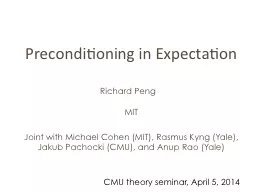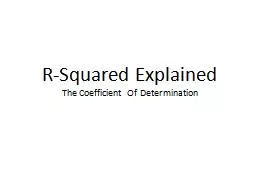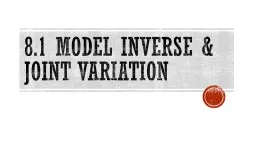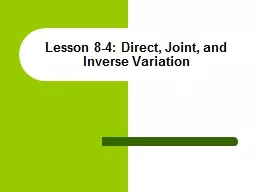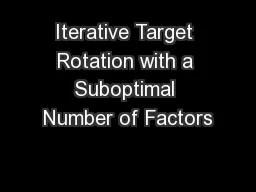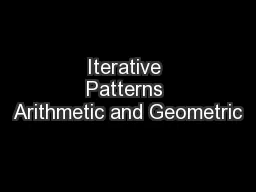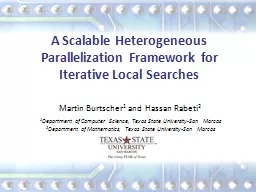PPT-Non-iterative Joint and Individual Variation Explained
Author : undialto | Published Date : 2020-06-29
Qing Feng Joint Work with JS Marron Jan Hannig Date 20140925 1 Era Challenge 2 Data Challenges MultiBlock data X Y S ubjects Feature Set 1 Feature Set 2
Presentation Embed Code
Download Presentation
Download Presentation The PPT/PDF document "Non-iterative Joint and Individual Varia..." is the property of its rightful owner. Permission is granted to download and print the materials on this website for personal, non-commercial use only, and to display it on your personal computer provided you do not modify the materials and that you retain all copyright notices contained in the materials. By downloading content from our website, you accept the terms of this agreement.
Non-iterative Joint and Individual Variation Explained: Transcript
Download Rules Of Document
"Non-iterative Joint and Individual Variation Explained"The content belongs to its owner. You may download and print it for personal use, without modification, and keep all copyright notices. By downloading, you agree to these terms.
Related Documents



